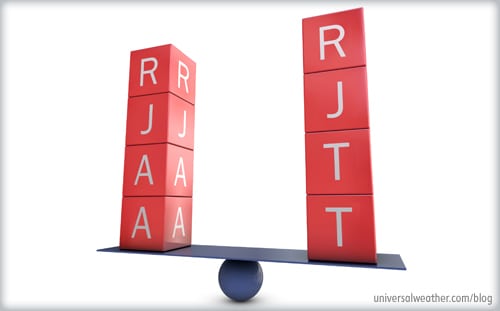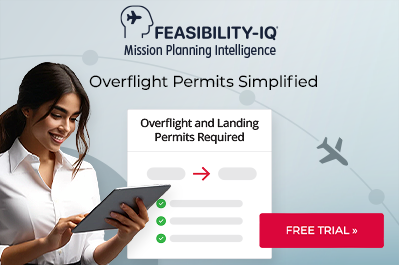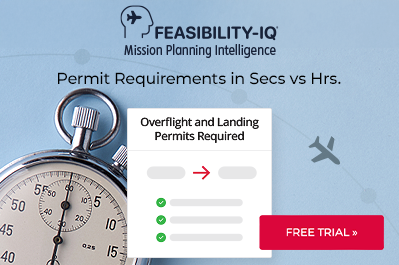Which Airport to Pick in Tokyo for Bizav Flights: Customs, Documentation and Services (Part 2 of 2)


This aviation blog post is the second part of a series on selecting airports in Tokyo for business aviation flights and continues from our previous post covering a review of Tokyo airport options, requirements and costs.
Customs clearance is straight-forward at both Tokyo airports, and a new business aviation clearance option debuts at Narita, Japan (RJAA) March 31, 2012. Other than the high cost of utilizing the new general aviation terminal (GAT) clearance option at RJAA, this will be a welcome service improvement for business aviation operators headed to Tokyo. Both airports are well served by in-flight catering and local ground transportation options, and on-airport security is excellent.
1. Customs clearance procedures for passengers and flight crew
Haneda, Japan (RJTT) has no GAT and all passengers and flight crew must clear in the main terminal along with commercial airline passengers. Passengers arriving by business aircraft or those with diplomatic passports may go through APEC (Asian Pacific Economy Committee) express lane at RJTT. This option is not available for crew. Nonetheless, flight crew can clear through the crew lane. As of March 31, 2012 crew/passengers have the option of clearing customs at the new business aviation terminal at RJAA. Clearing customs onboard is not possible at either airport. The ground handler prepares arrival cards in advance and will escort passengers and flight crew (with luggage) to customs and then to ground transportation. Five hours’ notice is needed to prepare arrival cards in advance, although ground handlers prefer 24 hours’ notice. At both airports, when arriving at customs, passengers/crew undergo temperature scan (for indication of a fever) performed by quarantine officers and are photographed and fingerprinted by immigration officers.
2. Pre-arrangement for timely completion of customs process
Provide your ground handler with full crew/passenger information (passport numbers and date of birth details, preferably 24 hours before arrival) so that landing cards can be prepared in advance. It is not required that flight crew have visas—regardless of nationality—when flying to Japan. Immigration will issue flight crew with ‘crew shore passes.’ If flight crew arrive commercially to pick up the business aircraft, no visa is required so long as your ground handler meets the flight and helps coordinate crew shore passes. Passenger visas (for those who require them) are not available on arrival and must be in place prior to operating to Japan.
3. Agricultural and prohibited item restrictions
Check the list of restricted items prior to operating to Japan. Specific food items (plants and meat products) are not permitted to be brought into Japan. Catering may be left onboard your aircraft or stored at a catering facility with prior arrangement.
4. Catering availability at both airports
Catering can be sourced from in-flight caterers, hotels and restaurants when operating to either RJTT or RJAA. It’s best practice to provide at least 24 hours notification for catering requests, particularly prior to a weekend. Your ground handler should have hotel and restaurant catering contacts and is able to supervise delivery of catering airside. Assorted menus, in PDF format, are available on request.
5. Local transportation options
Pre-paid ground transport (with driver) is the recommended option when visiting Tokyo. Taxi drivers in this region almost never speak English. For many, rental cars are not an ideal option as most signage is in Japanese and vehicles are driven on the left side of the road. Pick up or drop off planeside is not possible at either Tokyo airport.
6. Tokyo on-airport security
Both airports have fencing 3 meters in height, are patrolled by airport police and private security and have surveillance cameras airside. While additional passenger/crew and aircraft security may be arranged, it’s not generally required or recommended.
Conclusion
RJTT and RJAA are both good options but it’s important to weigh the pros and cons of each airport with respect to your mission requirements. If you’re operating on a tight schedule and need maximum airport slot and operating flexibility, RJAA may be your best choice. However, if you have a firm schedule and need to be close to the city center, RJTT may be the best option for your trip.
Questions?
If you have any questions about this article, contact me at hiroshihigashiyama@universalaviation.aero.




